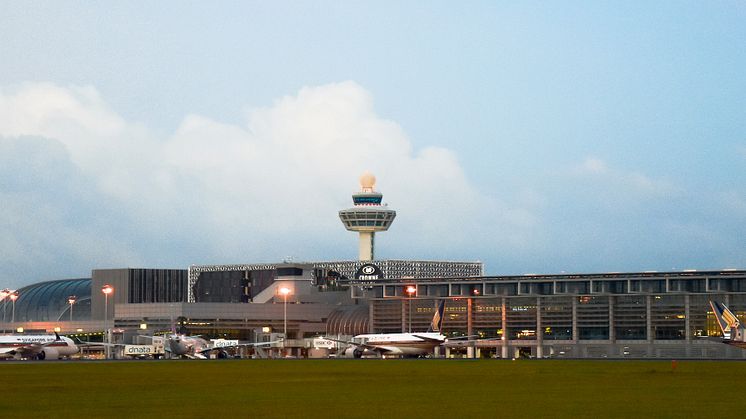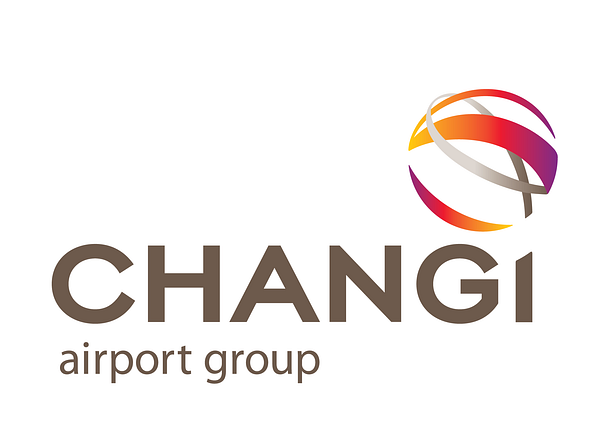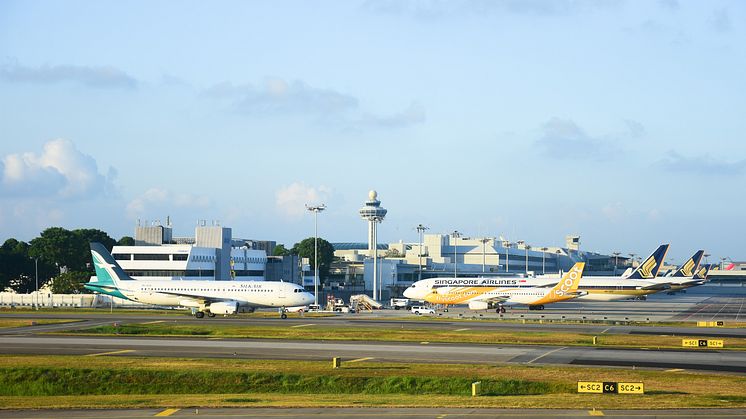
Press release -
Operating Indicators for April 2019
SINGAPORE, 24 May 2019 – Singapore Changi Airport managed 5.58 million passenger movements in April, an increase of 2.8% compared to the same period last year. Aircraft movements dipped 1.7% with 31,500 landings and takeoffs, while airfreight throughput declined 12.8% to 156,000 tonnes for the month.
For the month of April, passenger traffic growth was recorded for all regions, except for South Asia. Among Changi’s top 10 markets, Australia led the gainers, with an 8% year-on-year increase in passenger movements.
As at 1 May 2019, more than 100 airlines operate at Changi Airport, connecting Singapore to some 400 cities in about 100 countries and territories worldwide. With more than 7,400 weekly scheduled flights, an aircraft takes off or lands at Changi roughly once every 80 seconds.
Changi Airport’s traffic statistics are available at
http://www.changiairport.com/corporate/our-expertise/air-hub/traffic-statistics.html.
Other highlights at Changi[1]
New Services – On 1 May, SilkAir launched 4x weekly services to Busan – a new city link for Changi Airport. Singapore Airlines added a daily service to its Singapore - Osaka (Kansai) route, bringing the total to 21x weekly. On 9 May, Etihad Airways launched a new weekly freighter service on the Abu Dhabi - Singapore - Ho Chi Minh - Abu Dhabi route.
New Restaurants & Stores – In the public areas, Tai Cheong Bakery has opened its first Changi Airport outlet in T3 B2, offering delicious egg tarts and other Hong Kong delights. Don Don Donki Sweet Potato Factory has also opened in T3’s Departure Check-in Hall, where visitors can sample its signature baked sweet potato and other interesting snacks round-the-clock.
In T1’s transit area, Under Armour has opened its first airport store, offering footwear, accessories, as well as sports and casual apparel. Also in T1, Pazzion has opened its second airport transit store with a range of shoes for every occasion, while House of Samsonite has commenced operations, offering a wide selection of travel luggage, bags and accessories.
[1]For the period 16 April to 15 May 2019
Topics
Categories
About Changi Airport Group
Changi Airport Group (Singapore) Pte Ltd (CAG) (www.changiairportgroup.com) was formed on 16 June 2009 and the corporatisation of Singapore Changi Airport (IATA: SIN, ICAO: WSSS) followed on 1 July 2009. As the company managing Changi Airport, CAG undertakes key functions focusing on airport operations and management, air hub development, commercial activities and airport emergency services. CAG also manages Seletar Airport (IATA: XSP, ICAO: WSSL) and through its subsidiary Changi Airports International, invests in and manages foreign airports.
The world's seventh busiest airport for international traffic, Changi Airport managed a record 65.6 million passenger movements in 2018. Including the new Jewel Changi Airport, Changi has about 600 retail and service stores, as well as more than 220 F&B outlets. With over 100 airlines connecting Singapore to 400 cities worldwide, Changi Airport handles about 7,400 flights every week, or about one every 80 seconds.



